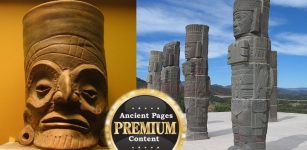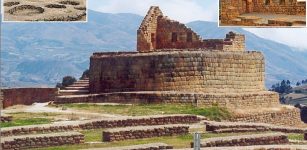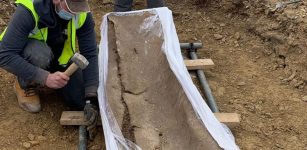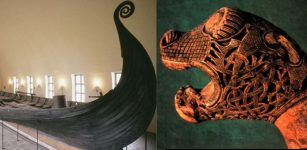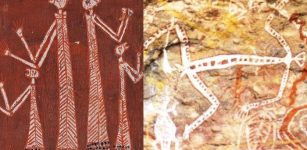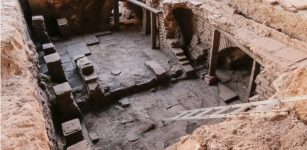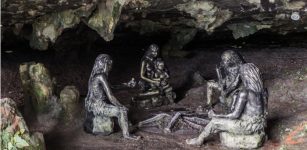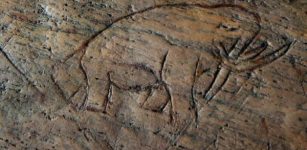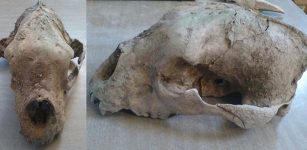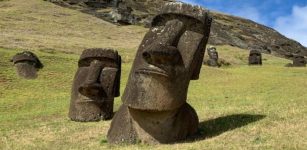Bora People Of The Northwest Amazon Use Drums To Speak Over Large Distances
AncientPages.com - The Bora people are an indigenous tribe of the Peruvian, Colombian and Brazilian Amazon.
Scientists have discovered the tribe us their manguaré drums not to only to produce music, but to speak over large distances.
Basically, the Boras can not only reproduce the melody of words and sentences in this endangered language, but also their rhythm. This suggests the crucial role of linguistic rhythm in language processing has been underestimated.
The human voice can produce rich and varied acoustic signals to transmit information. Normally, this transmission only has a reach of about 200 meters, but the Boras can extend this range by a factor of 100 by using their drums.
The sound of their drums can turn into a "talking mode," which is used to transmit relatively informal messages and public announcements.
"For example, the manguaré is used to ask someone to bring something or to come do something, to announce the outcome of non-alcoholic drinking competitions or the arrival of visitors.
In this model, only two pitches are used and each beat corresponds to a syllable of a corresponding phrase of spoken Bora. The announcements contain on average 15 words and 60 drum beats," says Seifart of the former Department of Linguistics at the Max Planck Institute.

The Boras are an indigenous group occupying the Peruvian and Colombian Amazon, currently comprising only around 1,500 people Gaiamedia/Aexcram
The Boras use drummed Bora to mimic the tone and rhythm of their spoken language and to elaborate Bora phrases in order to overcome remaining ambiguities. "Rhythm turns out to be crucial for distinguishing words in drummed Bora," says Seifart.
See also:
Manx: Ancient Dead Gaelic Language That Refused To Die And Has Been Revived Again
Jedek: Previously Unidentified Language Found By Swedish Linguists In in Southeast Asia
Is This The Earliest Evidence Of First Human Language?
"There are four rhythmic units encoded in the length of pauses between beats. These units correspond to vowel-to-vowel intervals with different numbers of consonants and vowel lengths. The two phonological tones represented in drummed speech encode only a few lexical contrasts. Rhythm therefore appears to crucially contribute to the intelligibility of drummed Bora."
This, the researchers argue, provides novel evidence for the role of rhythmic structures composed of vowel-to-vowel intervals in the complex puzzle concerning the redundancy and distinctiveness of acoustic features embedded in speech.
AncientPages.com



